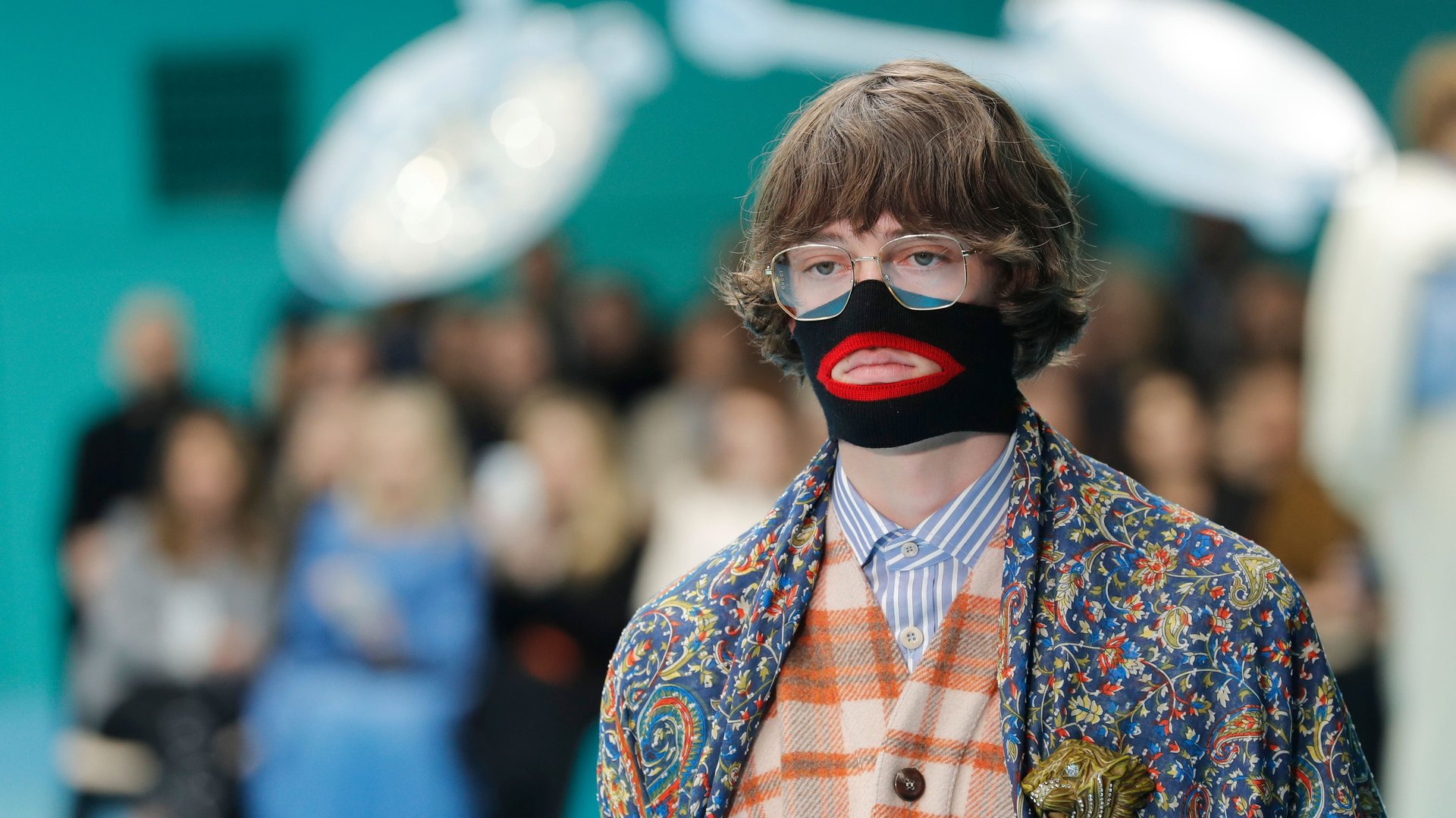Why do blunders like the Gucci blackface debacle still happen? A diversity exec has 3 theories
Since December, three fashion labels have been called out for producing offensive products evoking racist tropes. First Prada had to recall keychains that resembled a Sambo figure, then Gucci and Katy Perry had to pull contentious sweaters and shoes, respectively, that conjured images of blackface.


Since December, three fashion labels have been called out for producing offensive products evoking racist tropes. First Prada had to recall keychains that resembled a Sambo figure, then Gucci and Katy Perry had to pull contentious sweaters and shoes, respectively, that conjured images of blackface.
Such debacles inevitably raise the question: How do designs like these actually get approved, produced, and distributed without someone speaking up?
Many of the answers are deep and complex, of course. But, on a practical level, the default assumption is that the offending company didn’t have a diverse enough staff to provide guidance.
That may be a safe bet in the fashion industry, but it’s also problematic in its presumption that only a person of color could possibly recognize the red flags. What’s more, Angela Roseboro suggests, simply having a person of color in the room might not be enough, in any type of business, to stop potentially offensive ideas from coming to fruition. Speaking at the Qualtrics X4 Experience Management conference in Salt Lake City last week, Roseboro, the chief diversity officer at video-game developer Riot Games, said that when she hears about incidents like the recent “fashion faux-pas,” she imagines one of three things might explain them:
“One, they had no diversity in the room to say, “Yeah, uh-huh,” she said.
“Or, you had someone who’s there and said, ‘Yeah, I wouldn’t do that.’ They give you a different opinion, and [the others] say, ‘Oh, no, we’re going do it anyway,’ so you don’t feel validated,” Roseboro said.
Or third: You have “someone who has been disengaged. They’ve been beaten down so much that they let you make that decision. They say ‘Mmm-hmm, let me see how this works for you,’” she said to knowing laughter around the room.
The second two scenarios perfectly illuminate what, in Roseboro’s opinion, companies get so wrong in their approach to becoming more diverse and inclusive. That is, they act like it’s a transaction, says Roseboro, and not an interaction or experience that’s sustained over time. Too often, companies make a hire or a handful of hires and stop there, not acknowledging what challenges might develop for the employee, and not considering what’s necessary to help someone actually feel included. “I used to feel guilty about wanting to feel like I belong, but it’s a human thing to want that,” Roseboro said, referencing her own experience as an African-American woman at work.
Yes, there’s a business case for diversity and the benefits of hearing more voices, she said, and the fashion house bungles are more proof of that. But putting too much emphasis on the economic case misses the point. “I think we don’t get the human part,” Roseboro said.
Roseboro, who arrived at Riot from Dropbox, where she was chief of diversity, equity, and inclusion, and before that led diversity efforts at T. Rowe Price, advises company leaders to first think about why they’re creating a more diverse staff, and use that as the north star that guides everyone’s behavior. Sure, look at structural fixes, and bring in the smart tactics, like hacks to make sure underrepresented voices are heard in meetings, but be holistic in your vision.
Roseboro believes that companies and managers generally don’t intentionally discriminate against their peers, but they often passively exclude people from less-represented groups. Correcting this default behavior requires practicing active inclusion: When you hire someone who represents a minority group within the company, leaders and managers need to make a point of checking in often, standing by the person so they feel supported, and acting on any problematic issues immediately, without letting “processes” stand in the way.
“We think when we hire people that that’s the end of the journey and it’s not,” says Roseboro. “It’s just the beginning.”